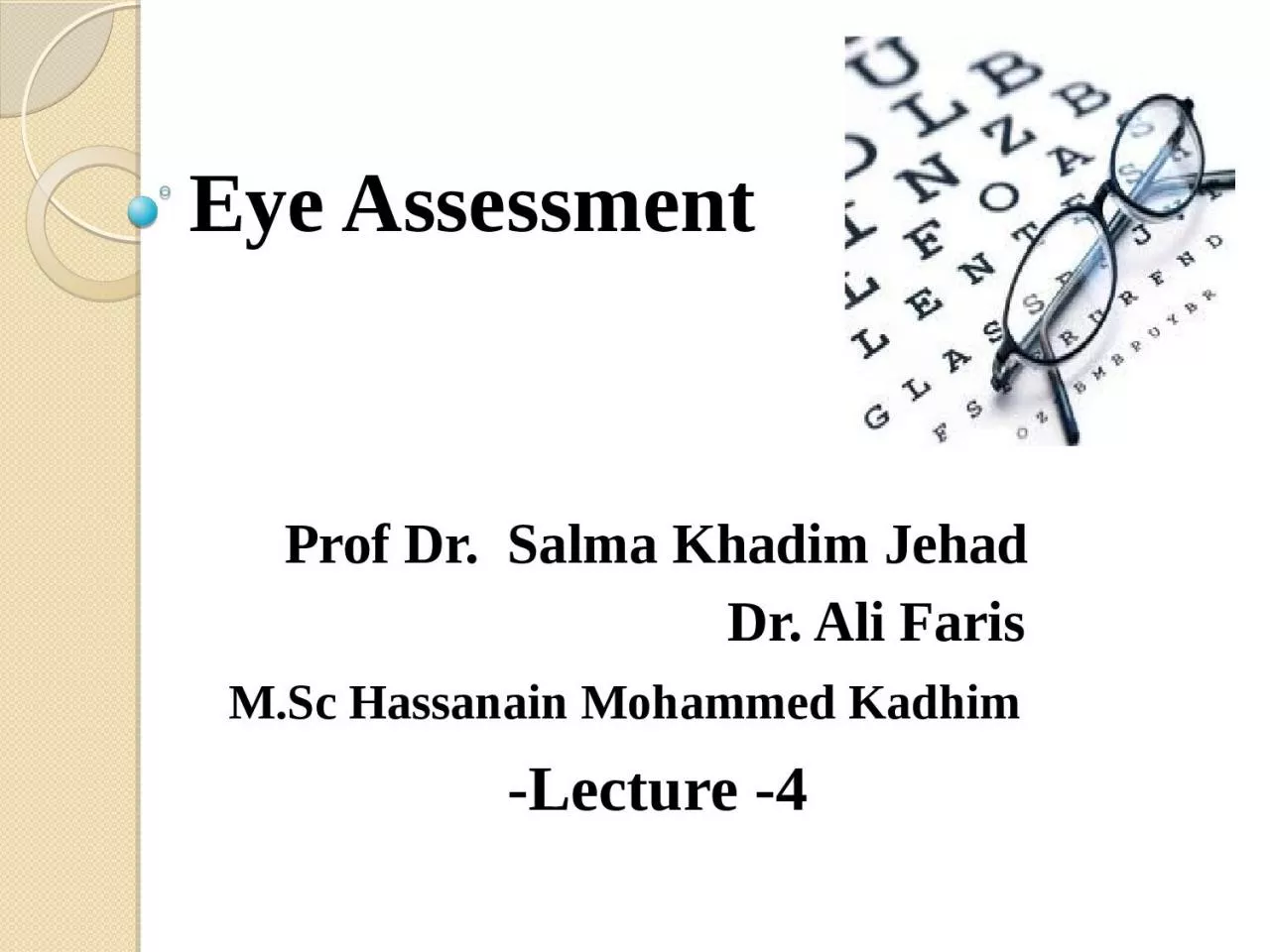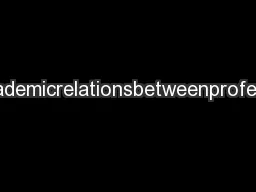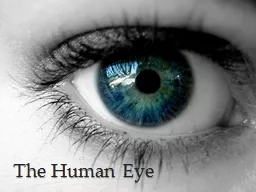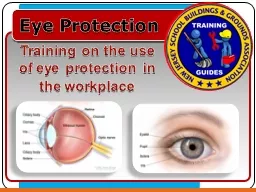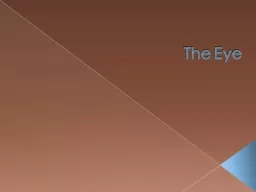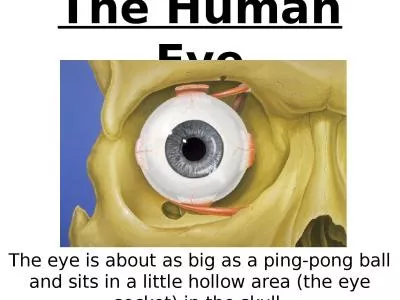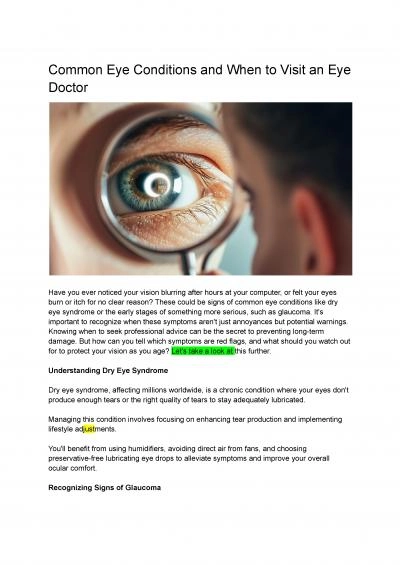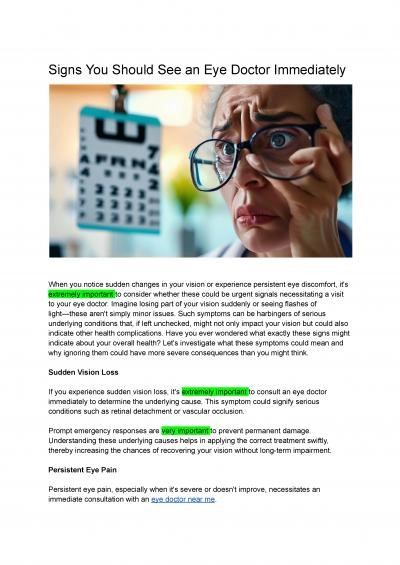PPT-Eye Assessment Prof Dr. Salma
Author : ThoughtfulTurtle | Published Date : 2022-07-28
Khadim Jehad Dr Ali Faris MSc Hassanain Mohammed Kadhim Lecture 4 Objectives students will be able to 1 Demonstrate the ability to safely amp accurately
Presentation Embed Code
Download Presentation
Download Presentation The PPT/PDF document "Eye Assessment Prof Dr. Salma" is the property of its rightful owner. Permission is granted to download and print the materials on this website for personal, non-commercial use only, and to display it on your personal computer provided you do not modify the materials and that you retain all copyright notices contained in the materials. By downloading content from our website, you accept the terms of this agreement.
Eye Assessment Prof Dr. Salma: Transcript
Download Rules Of Document
"Eye Assessment Prof Dr. Salma"The content belongs to its owner. You may download and print it for personal use, without modification, and keep all copyright notices. By downloading, you agree to these terms.
Related Documents

